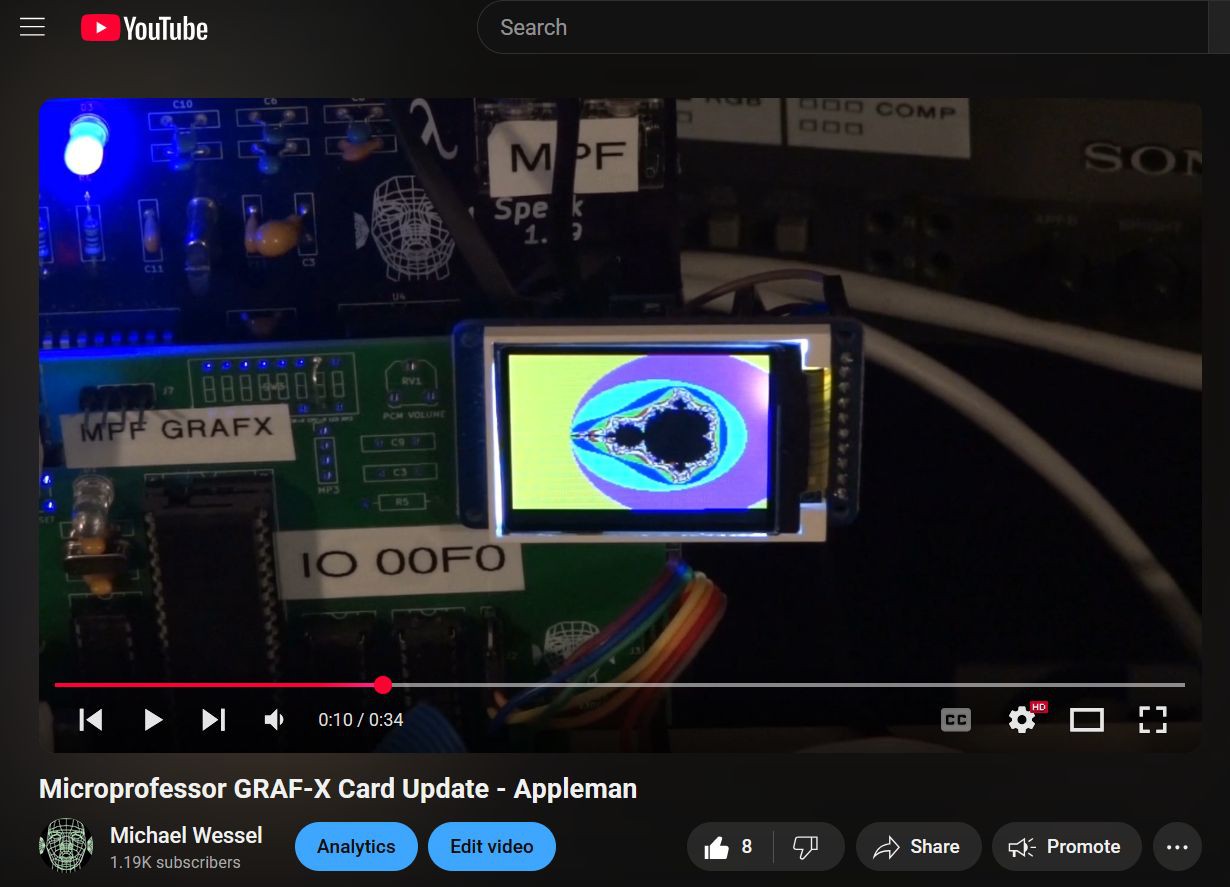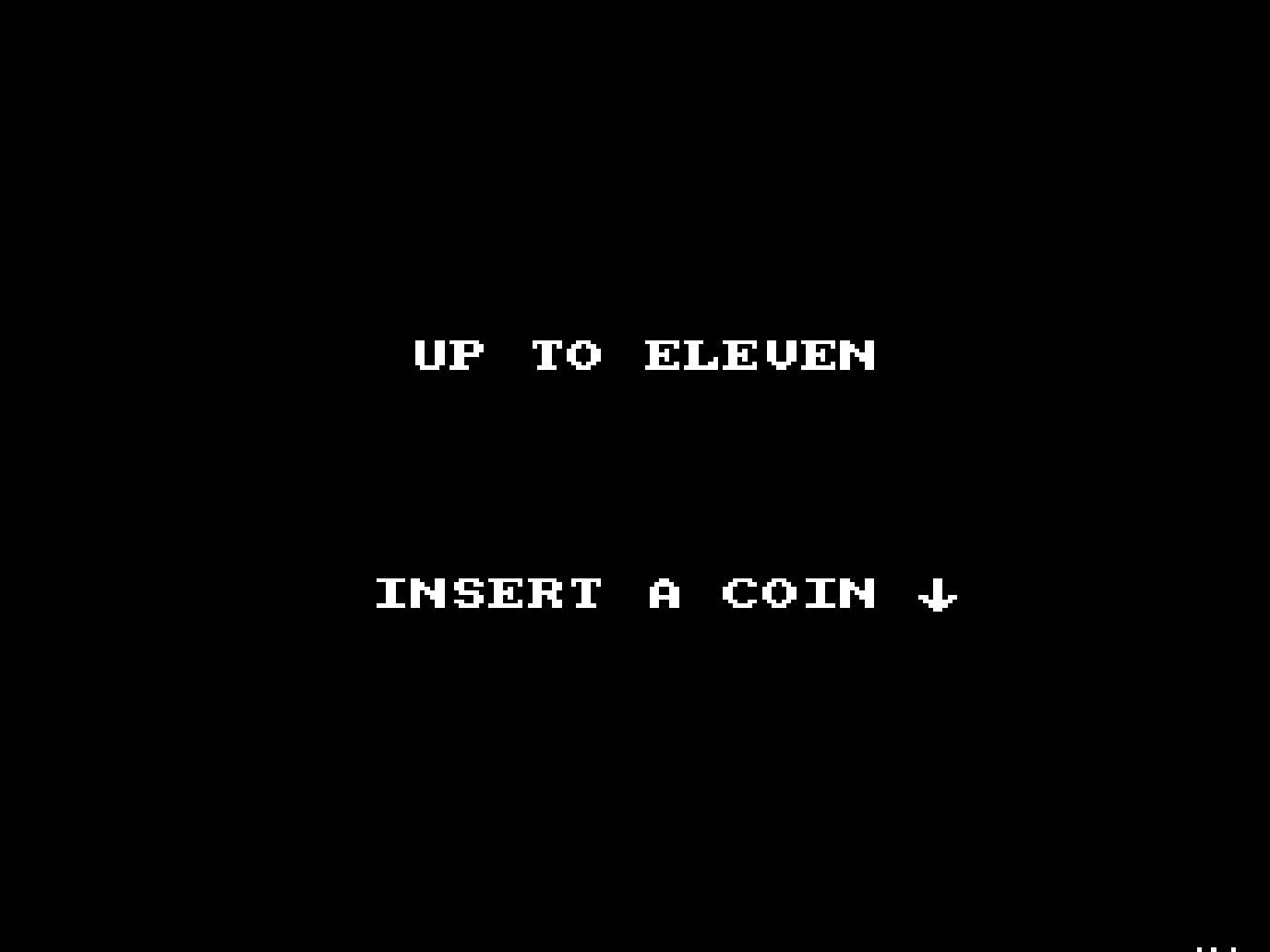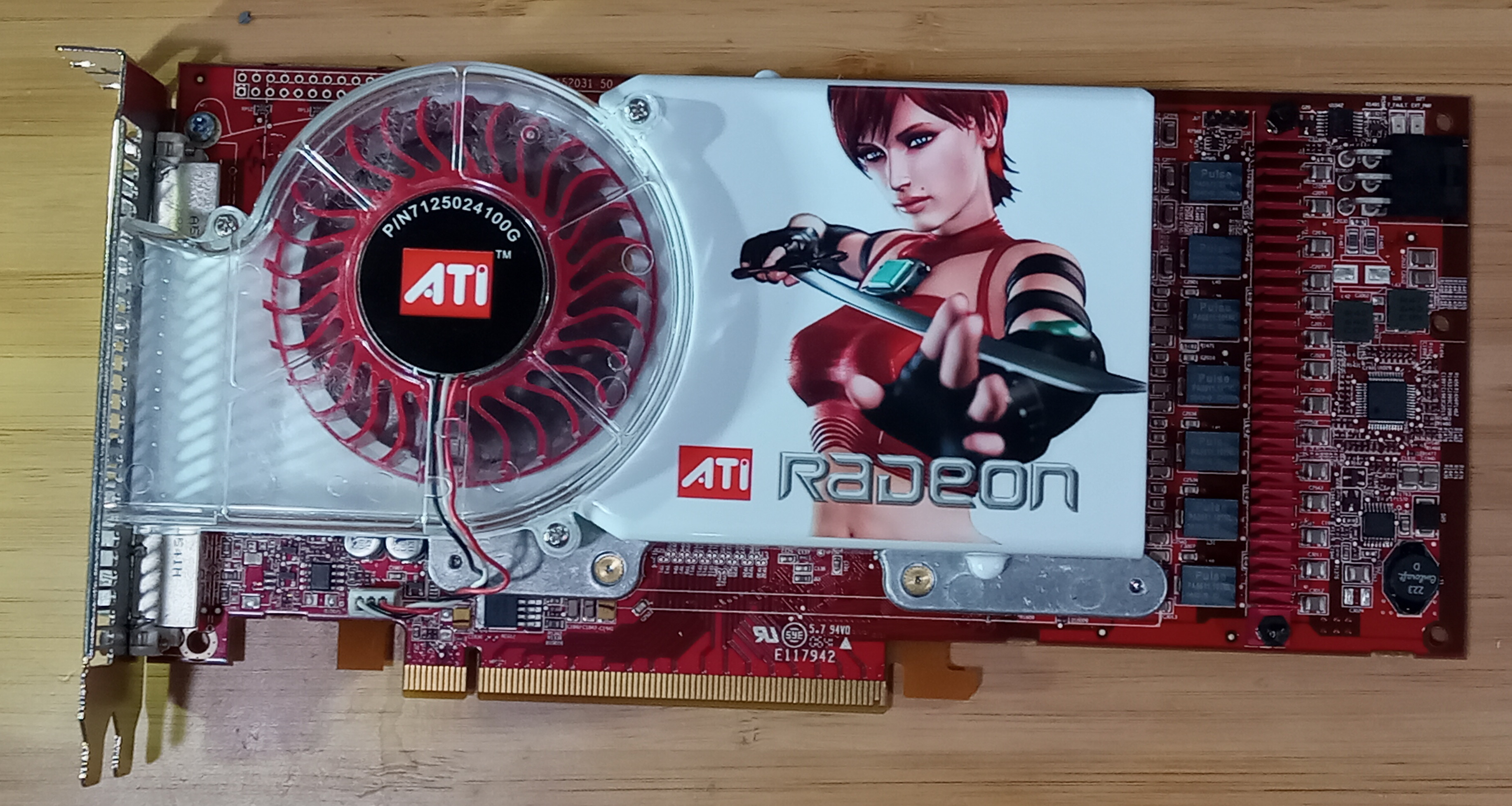Status: Making Progress...
decle
Project :
I'll attempt to reverse engineer and document The Drof Computox, an electro-mechanical noughts and crosses machine. It seems to have been built by a hobbyist from telephone exchange parts perhaps at some point in the 1960s.
Initial Comments: I am personally pumped to see the 48V guts of this thing!
Halftime Update: Wow, decle’s series of posts is a beautiful and fascinating look into the one-of-a-kind Drof Computox. More telephone switch than digital computer, we get to see what really makes this machine 'click'. The X and O light guides are so simple, effective, and unexpected. Decle even begins tracing the history of similar machines and patents to uncover its mysterious origins. This meticulous documentation of hardware, electrical and control-logic details, and mechanical computing history makes for an awesome project.
LambdaMikel
 Platform: Microprofessor MPF-1
Platform: Microprofessor MPF-1Project :
Previously, I built a graphics card for the MPF-1B. So far it has done text output and Mandelbrot fractals. For RC2025/10, I want to see a rotating 3D cube on it! The code already exists, but needs to be ported to the MPF-1B and use the GRAF-X "VDP" instructions instead of driving a graphics LCD display. Also, the GRAF-X hardware will need double buffering, requiring a larger MCU - the plan is to switch the ATmega 644 that's currently used to an ATmega 128 which should have enough RAM for that.
Initial Comments: Not content to simply learn Z80 assembly code on the Microprofessor MPF-1, LambdaMikel has returned to add 3-D graphics to its repertoire.
Halftime Update: After resolving a clock incompatibility, LambdaMikel got off to a strong start with his 3-D graphics processing hardware and library port for the Z80. His well-produced vlog updates are a great demo of how to make retro silicon and modern microcontrollers play nice together. He’s already manually spinning a 3-D cube on the color display... talk about giving the old Z80 a new dimension!
Louis Paul
 Platform: Midway 8080 hardware
Platform: Midway 8080 hardwareProject :
I'm still a software guy, so the challenge for this year is to make a 2048 game which will run on the Midway 8080 hardware, a black & white arcade system. My plan is to read the documentation, write the 8080 assembly code, assemble it and run the binary on MAME.
Initial Comments: Reminding us of the first arcade game to use a microprocessor, Louis plans to add a modern classic game to the Intel 8080 based Midway 8080 platform! I can't wait to see the results.
Halftime Update: Louis Paul is porting the popular sliding-tile game 2048 to the vintage arcade hardware of the Midway 8080. Using MAME, he mapped out the hardware, implemented an 8×8 font and text-mode video system, handled input from arrow keys and coin inserts, and is building the game state machine to manage “insert coin, play, game over” sequences. What a great choice for a re-imagined vintage arcade game!
urbancamo
 twitter : @urbancamo
twitter : @urbancamo
Platform: DEC VAX
Project :
Determine how good AI is at writing code for languages supported by the VAX/VMS operating system.
Initial Comments: Ooooh, maybe UrbanCamo can use AI to create a VAX AI program? ... that can create other, more intelligent, VAX programs ... that can become self-aware... On second thought, maybe just a game or something.
Halftime Update: UrbanCamo is off to a fast start experimenting with the Claude Code terminal interface (I need to try that!). After testing it out with a few VAX supported languages, he settled in on working through the an AX BASIC implementation of the N-Queens problem.
purist
 Platform: Radeon R500 ("X1000 Series")
Platform: Radeon R500 ("X1000 Series")Project :
Radeon R500 will be 20 years old as of 05 October 2025, so it now qualifies for Retro Challenge. The primary/minimal project goal is "draw a triangle on a Radeon R500 via direct memory-mapped hardware register and texture memory accesses". This means no Mesa, no `radeon` kernel module, and certainly no OpenGL or Direct3D. Compared to other graphics units I've worked with in the past (Saturn VDP1, Dreamcast Holly, Voodoo 2), the rabbit hole for R500 seems significantly deeper, considering this is the first graphics unit I've worked with that has programmable vertex and pixel shader engines.
Initial Comments: Pentium, Radeon, SSD, 1 GB RAM... what is this the FuturoChallenge?!
Halftime Update: There was a day when an Intel Pentium with a graphics card would’ve been laughed out of the RetroChallenge...but here’s purist, making a strong case with this newly-retro project. He’s tackling some serious obstacles, including incomplete and inconsistent documentation of the R500 hardware, plus reverse-engineering BIOS drivers and the card’s command processors. After a few test programs and demos, he scores an early win: a crisp yellow-on-black triangle!
Robert Price
mastadon: @robertprice@mastodonapp.uk
Platform: RC2014
Project :
This year, I want to interface a classic Nintendo NES / Famicom joypad from 1983 to my RC2014 computer. There are 8 buttons on the joypad, but only 7 pins on the connector to the console. This means something interesting is happening to send data to the console from the joypad. This project will involve designing and building both hardware and software.
Initial Comments: Robert Price is back after his awesome prize-winning RC2014 entry last year.
Halftime Update: Robert is at it again with his methodical and clear posts. He explains how the NES controller sends data, designs a PCB to interface it, writes a BASIC program to bit-bang the controller input, then moves to Z80 assembly and finally writes a reusable subroutine. His quick video shows the working controller in action, updating LEDs on the controller board corresponding to button presses. Nice work!
Status: Stalled
ep00ch
 twitter : @ep00ch
twitter : @ep00ch
Platform: gopher
Project :
I need to finish updating results for RC2024/10, send out prizes, and post everything on the web and gopher sites. Shameful penance for putting it off so long.
Initial Comments: What a dope. Get this done, man!

No comments:
Post a Comment